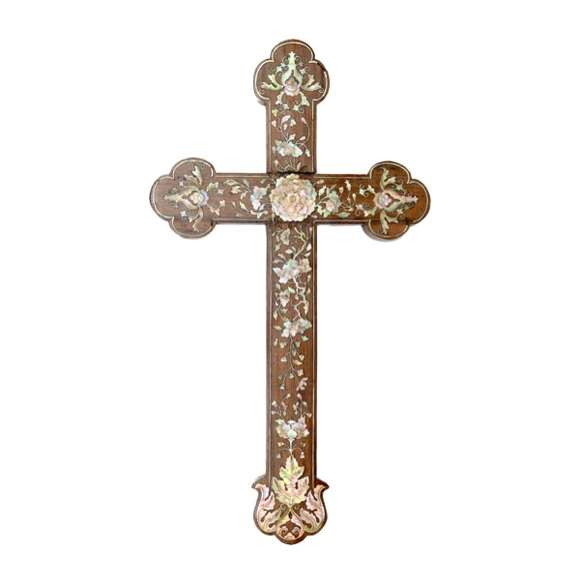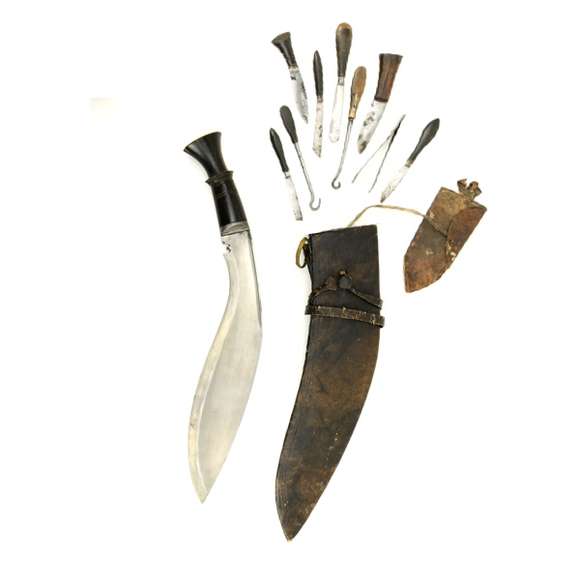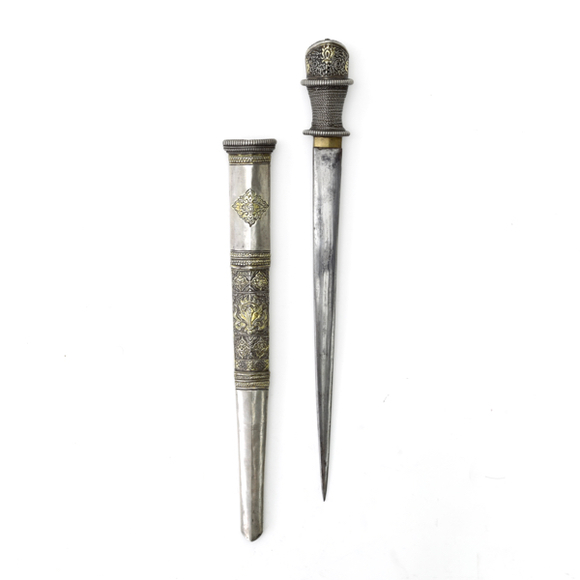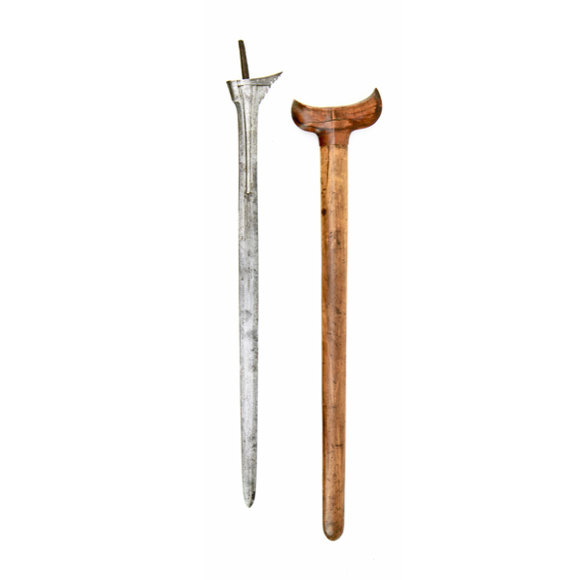Language: Vietnamese
Source: Old dictionary
Description
Thanh gươm (劍) appears in an 1887 French-Tonkinese dictionary where it is translated as "grand sabre de cortège" or "large processional saber".

The 1887 dictionary entry of thanh gươm.
The character used, 劍, means a double edged straightsword in Chinese. In Vietnamese, it can be pronounced both as kiếm, denoting the straightsword, or gươm for saber. The character 鎌 is also used for saber and pronounced gươm.
Vietnamese ceremonial sabers
During the Nguyễn dynasty (1802 - 1945) such sabers were carried by men of rank and their retainers as a symbol of their rank and office.
These weapons typically have silver mounts, only the emperor could have gilt mounts on his sword. They are often nicely made with grips made of ivory, or other precious materials and scabbards decorated with fine moth-of-pearl inlays. The blades are often purely ceremonial, but pieces with functional blades are encountered from time to time.

A fine Vietnamese ceremonial saber, or thanh gươm.
Notes
1. Gaston Khan, Élève diplômé de l'École des langues orientales; Vocabulaire Franco - Tonkinois. Hanoi, 1887. Page 25.






